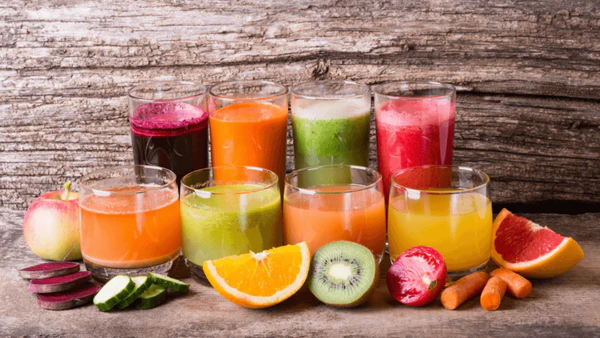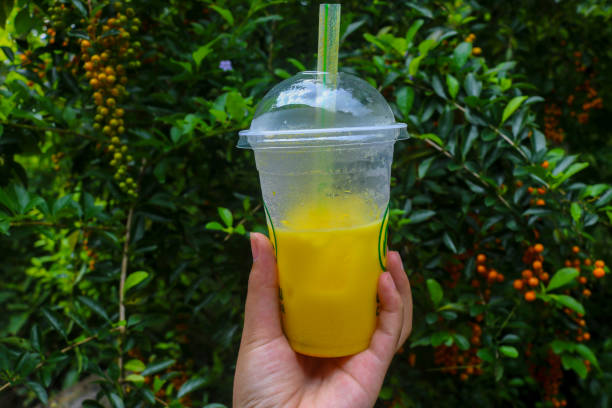Vegemite has been implicated in the production of alcohol in marginalized communities before. In 2007, the breakfast spread was criticized in Victorian prisons for being part of the supply chain for sly grog. 2013 linked Vegemite, Ribena and homebrew to alcohol management plans for Indigenous communities.
In the United Kingdom, in 2009, when prisoner assaults increased, it was reported that hooch was to blame. Fruit (such as fresh apples and pear, tinned fruits, fruit juices, and syrups) were prohibited or limited.
Can you make alcohol out of Vegemite?
The short answer to this question is “sort of.” You can also make alcohol by adding the correct type of yeast to any food at the right time.
The Compendium of Alcohol Ingredients and Processes contains an extract that shows the various ways to create alcoholic beverages. The Vine Daily
Fermentation involves the conversion of sugars into acids, gases, or alcohol by microbial organisms such as yeast and bacteria. Fermentation is used in the production of many nonalcoholic foods, such as bread, cocoa, and pickled foods, like sauerkraut and kimchi.
Animals have discovered alcohol before humans on a number of occasions . The oldest fermented alcohol beverage was reported and dates back to around 7000BC.
Modern Brewing Techniques combine knowledge of the natural world, early human history, and recent technological advancements in food safety and high quality.
Baker’s yeast Saccharomyces Cerevisiae is a fungus found on all continents. This single-celled organism has already made its way to Antarctica and space by hiding on the surface of fruits.
Saccharomyces Cervisiae – baker’s Yeast Masur/Wikimedia Commons
It is easy to find fungus in almost any place.
You can have your next craft beer in Oregon fermented using from the master brewers’ beard. You can also try a beer brewed using yeast that was sent into space on a rocket .
Scientists use yeast to do research. For example, Ben uses yeast to replicate what happens in the human body to discover why so many proteins have sugar structures attached to them. Maggie uses yeast as part of a [recombinant expression system](https://en.wikipedia.org/wiki/Protein_expression_(biotechnology) to produce insecticidal peptides found in spider venoms.
How is Vegemite produced?
Ironically, yeast is one of the main byproducts from beer fermentation. This yeast is used to make animal feed and other products. However, some cultures prefer to further process this thick paste.
The mixture is heated, and salt is added, causing the yeast cells to burst. The remaining cellular matter is manually removed by filtration, resulting in the smooth and delicious local delicacy called Vegemite.
Vegemite (left) and Marmite (right) are two yeast-based breakfast spreads. AZAdam/Wikimedia Commons
Salt and heat will kill almost everything, including yeast. This makes it useless as a yeast source for brewing. It would be necessary to add the yeast back into any fermented food (like bread or alcohol) to create a product. It is the same for any food. All you need is sugar and the correct microorganisms to ferment it.
We are scientists, and we use yeast for our research. Why assume that Vegemite is free of live yeast when we can test it to see if this is true?
We bought Vegemite in a jar that was still unopened, and we tried to grow something from it. It didn’t work. See for yourself by viewing the pictures below.
Vegemite did not allow yeast to grow. However, plenty of yeast was able to expand on the control plate, which contained no Vegemite. B. Schulz
Should Vegemite Be Banned in Indigenous Communities?
The World Health Organization has reported that a quarter (homebrew) of the alcohol consumed in 2010 worldwide was not recorded.
According to the Global Status Report on Alcohol and Health, Australia’s unrecorded consumption of alcohol has increased from 0.1 liters (per person) in 2003-2005 up to 1.8 liters (per person) from 2008-2010. The amount of alcohol consumed during the two periods was identical.
Alcohol management plans were implemented in Queensland by an Aboriginal community in 2002. Alcohol Management Plans and subsequent legislation that requires mandatory treatments for public drunkenness have been controversial.
Vegemite is not yeast, but it can be used to feed other microorganisms, which could then ferment the sugars and ultimately produce alcohol. This is true for any food containing sugar, including fruits and fruit juices.
Alcohol can be produced from any sugar-containing food in the presence of the correct naturally occurring microorganisms. This doesn’t mean that fresh fruit or your favorite breakfast spread should be banned.
From a public health perspective, it is counterintuitive to limit access to fresh fruit, as has been done in the UK. This would be particularly harmful for Indigenous Australians who suffer from diabetes at a rate that is three times higher than non-Indigenous Australians.



